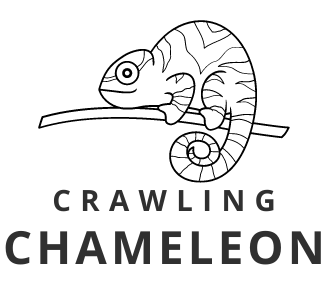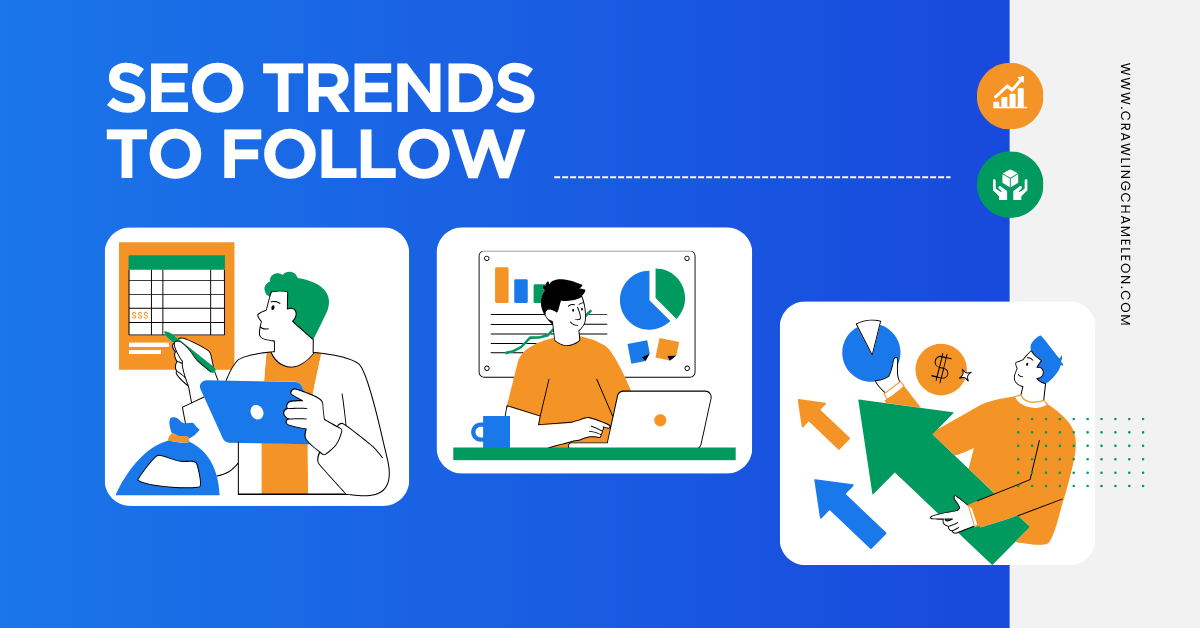The search landscape of 2025 marks a fundamental shift in how people find and interact with information online. Artificial intelligence now plays a central role in delivering answers, transforming search from a keyword-driven process into a conversation with machines. As a result, traditional SEO strategies must adapt to new behaviors and platforms.
In this environment, search success depends on understanding user intent and delivering concise, authoritative content. Rather than focusing solely on ranking positions, it is now essential to craft informational resources that satisfy both human readers and AI systems.
The most effective strategies blend semantic clarity, experience-driven insights, and technical best practices to meet users where they engage—whether in AI Overviews, answer engines, or community forums.
Why SEO in 2025 Is Different?
Search engine optimization in 2025 diverges sharply from past practices, driven by three core shifts:
First, AI-powered search has elevated semantic understanding over simple keyword matching. Modern algorithms analyze context, intent, and entity relationships—treating queries as conversations rather than word strings. As a result, content must be structured around clear topics and meaningful entities like Google AI Overviews, E-E-A-T, and answer engines rather than isolated keywords.
Second, the rise of zero-click search means most users now find complete answers on the search results page itself—in AI summaries, featured snippets, or knowledge panels—without clicking through to a website. This shift demands that content creators optimize for AI visibility metrics such as snippet win rate and citation share, ensuring their brand is cited within these direct-answer formats.

Third, user expectations have evolved. Visitors now seek concise, authoritative information that addresses their needs immediately. This requires a stronger focus on search intent optimization, using structured data (schema markup), FAQs, and conversational language to satisfy both human readers and AI systems. Additionally, technical performance factors—particularly Core Web Vitals—play a direct role in ranking and user experience, making page speed and stability as crucial as semantic relevance.
Combined, these transformations require a holistic SEO strategy: one that blends topical authority, technical excellence, and AI-focused optimization to maintain visibility in a landscape where direct answers and entity-driven results dominate.
What Will Be the Future of SEO?
The future of SEO is poised to become more dynamic, context-aware, and integrated with cutting-edge artificial intelligence. As Large Language Models (LLMs) and Generative AI continue to advance, search engines will evolve from keyword-based retrieval systems into sophisticated answer engines that understand nuance, sentiment, and intent. This shift requires marketers to adopt Answer Engine Optimization (AEO), focusing on structuring content for direct inclusion in AI-driven responses rather than solely chasing traditional rankings.
Multimodal search—encompassing voice, visual, and video—will reshape how users interact with content. Voice assistants will favor concise, conversational answers enriched with schema markup, while visual search tools like Google Lens will prioritize high-quality images and descriptive alt text. Video SEO will also rise in prominence, with platforms indexing chapters, transcripts, and on-screen entities to deliver more relevant multimedia results.

Personalization will become a cornerstone of search experiences. Machine learning algorithms will tailor results based on individual user preferences, browsing history, and context signals such as location and device. Consequently, brands must invest in Search Experience Optimization (SXO) to ensure seamless, personalized journeys—this includes fast-loading pages, adaptive layouts, and contextual content that anticipates user needs.
Finally, decentralized and alternative search platforms will gain traction. Web3-enabled search engines and niche AI assistants will offer privacy-centric and community-driven discovery. To stay ahead, organizations should monitor emerging decentralized search networks, optimize for platform-specific signals, and maintain flexible content strategies that can adapt to new indexing and ranking frameworks. Continuous content optimization tools, powered by AI feedback loops, will enable real-time adjustments to meet evolving search parameters and user expectations.
Top SEO Trends in 2025
1. AI Overviews and Answer Engine Optimization (AEO)
- Optimize for direct-answer placement by crafting concise summaries at the beginning of articles.
- Use clear heading hierarchies (H2, H3) and bullet lists to structure information.
- Cite authoritative sources to increase likelihood of citation in AI Overviews.
2. Zero-Click Search and Featured Snippets
- Target featured snippets by formatting answers in a single paragraph (40–60 words) under question headings.
- Implement FAQ schema and definition markup for People Also Ask boxes.
- Provide unique data or insights that differentiate your content.
3. E-E-A-T-Driven Content and Experiential Authority
- Include original case studies, first-hand examples, and proprietary data.
- Showcase author credentials with brief bios and linked profiles.
- Reference high-authority publications and expert interviews.
4. Topic Clusters and Semantic Content Hubs
- Develop a central pillar page covering a broad topic.
- Create 5–10 cluster posts on related subtopics, interlinked with the pillar.
- Use consistent, descriptive anchor text to reinforce semantic relevance.
5. Voice Search and Conversational Queries
- Integrate long-tail, question-style keywords naturally within content.
- Provide succinct, spoken-style answers (20–30 words) in dedicated sections.
- Leverage local modifiers (“near me”) and mobile-optimized layouts.
6. Core Web Vitals and Search Experience Optimization (SXO)
- Improve Largest Contentful Paint (LCP) to under 2.5 seconds and maintain Cumulative Layout Shift (CLS) below 0.1.
- Ensure mobile-first design and fast interactive elements (First Input Delay under 100 ms).
- Simplify navigation, minimize intrusive interstitials, and optimize image loading.
7. Community-Driven SEO (Reddit, Quora, LinkedIn)
- Monitor trending questions and discussion threads for content ideas.
- Contribute valuable answers with backlinks to relevant resources.
- Repurpose high-engagement Q&A into comprehensive blog posts.
8. Video & Visual Search Optimization
- Add detailed video transcripts, chapter markers, and keyword-rich descriptions on hosting platforms.
- Use descriptive filenames, ALT text, and ImageObject schema for visuals.
- Create short-form clips optimized for AI-driven social and search channels.
9. Local SEO with Reputation Signals
- Keep Google Business Profile up to date with posts, offers, and images.
- Solicit and respond to reviews across Google, Yelp, and industry-specific sites.
- Build consistent NAP citations in local directories and niche platforms.
10. AI Visibility Metrics and Citation Share
- Track snippet win rate and overall share of AI-cited content.
- Audit which pages appear in AI Overviews and optimize underperforming articles.
- Enhance clarity, authority, and freshness to increase citation opportunities.
11. Generative Engine Optimization (GEO)
- Tailor content to excel within AI-driven content generation platforms by providing structured prompts, clear data points, and context-rich narratives.
- Focus on supplying high-quality, modular content blocks that generative engines can reuse or adapt in direct-answer formats.
Conclusion
In 2025, SEO success hinges on embracing AI-powered search, zero-click realities, and semantic optimization to meet evolving user intent. The era of AI Overviews and Answer Engine Optimization (AEO) demands concise, structured content that earns AI visibility and citations. With zero-click search dominating queries, featured snippets and People Also Ask placements have become critical touchpoints.
Building E-E-A-T through original case studies, expert interviews, and transparent sourcing fosters the experiential authority search engines reward. Structuring sites as topic clusters—with interlinked pillar pages and cluster content—strengthens semantic relevance and supports search intent optimization. Technical excellence in Core Web Vitals and Search Experience Optimization (SXO) ensures fast, stable experiences that align with ranking factors.
As voice, visual, and video search rise, optimizing for conversational queries, schema markup, and multimedia assets will capture new discovery channels. Community platforms like Reddit and Quora offer additional avenues for visibility, while local SEO strategies—leveraging Google Business Profile updates and reputation signals—drive nearby audiences.
Ultimately, the future of SEO lies in a holistic approach that blends AI-driven insights, semantic depth, and user-centric experiences. By tracking AI visibility metrics, prioritizing entity-rich content, and continuously refining strategies, brands can thrive across traditional and emerging search platforms in 2025 and beyond.
FAQs About SEO Trends
What is AI Overviews in search and why does it matter for SEO?
AI Overviews are concise, machine-generated summaries that appear at the top of search results to answer queries directly. They matter because they capture user attention and can reduce click-through rates, making placement in these summaries a critical visibility tactic.
What does E-E-A-T stand for and how do I demonstrate it?
E-E-A-T means Experience, Expertise, Authoritativeness, and Trustworthiness. Demonstrate it by featuring first-hand case studies, showcasing author credentials, citing reputable sources, and maintaining transparent editorial standards.
What are Core Web Vitals and how do they affect rankings?
Core Web Vitals are user experience metrics—Largest Contentful Paint, First Input Delay, and Cumulative Layout Shift—that measure loading performance, interactivity, and visual stability. Satisfying these thresholds improves rankings and user engagement.
What structured data markup should I use for featured snippets?
Use FAQPage schema for question-answer lists, HowTo schema for step-by-step guides, Definition schema for glossary terms, and QAPage schema for user Q&A. Proper markup helps search engines understand and display your content in rich result formats.
What are the most important SEO factors in 2025?
Key factors include optimizing for AI Overviews, demonstrating E-E-A-T, building semantic topic clusters, securing featured snippets, meeting Core Web Vitals, and ensuring readiness for voice, visual, and video search.
How will AI impact SEO in the coming years?
AI will shift focus from keywords to context and direct answers, expand multimodal search across text, voice, and visual formats, and drive continuous, real-time content optimization based on machine feedback.

